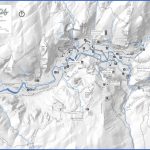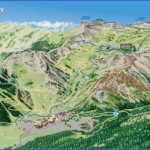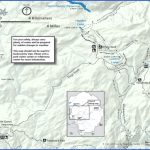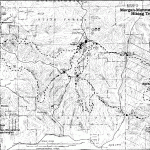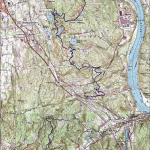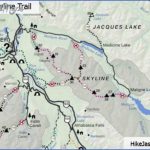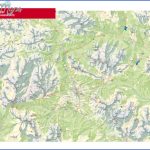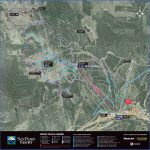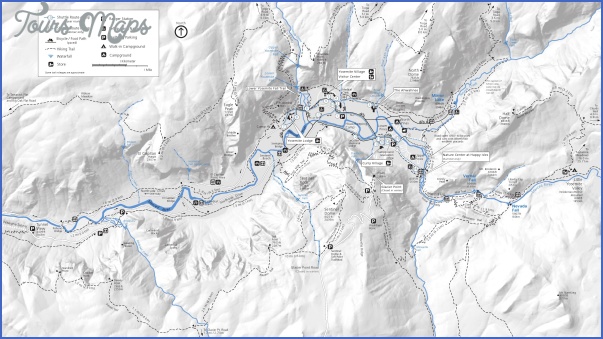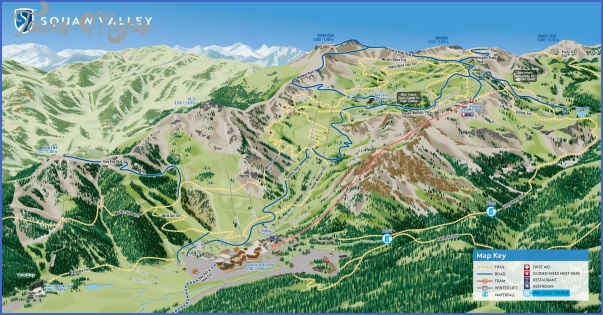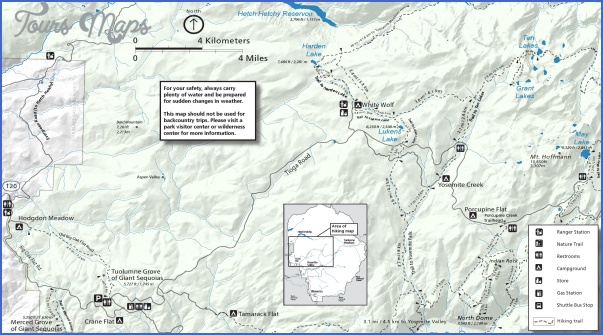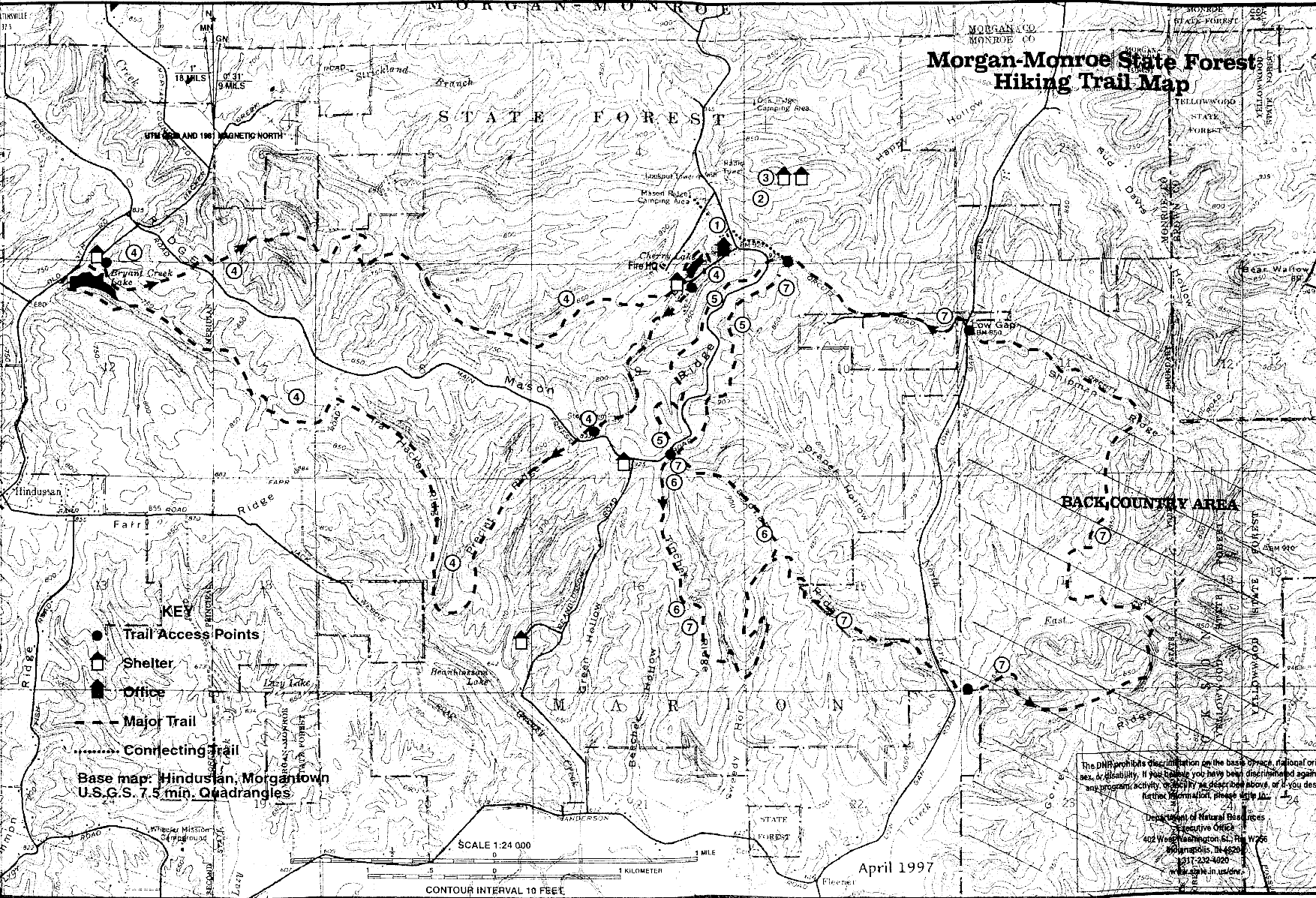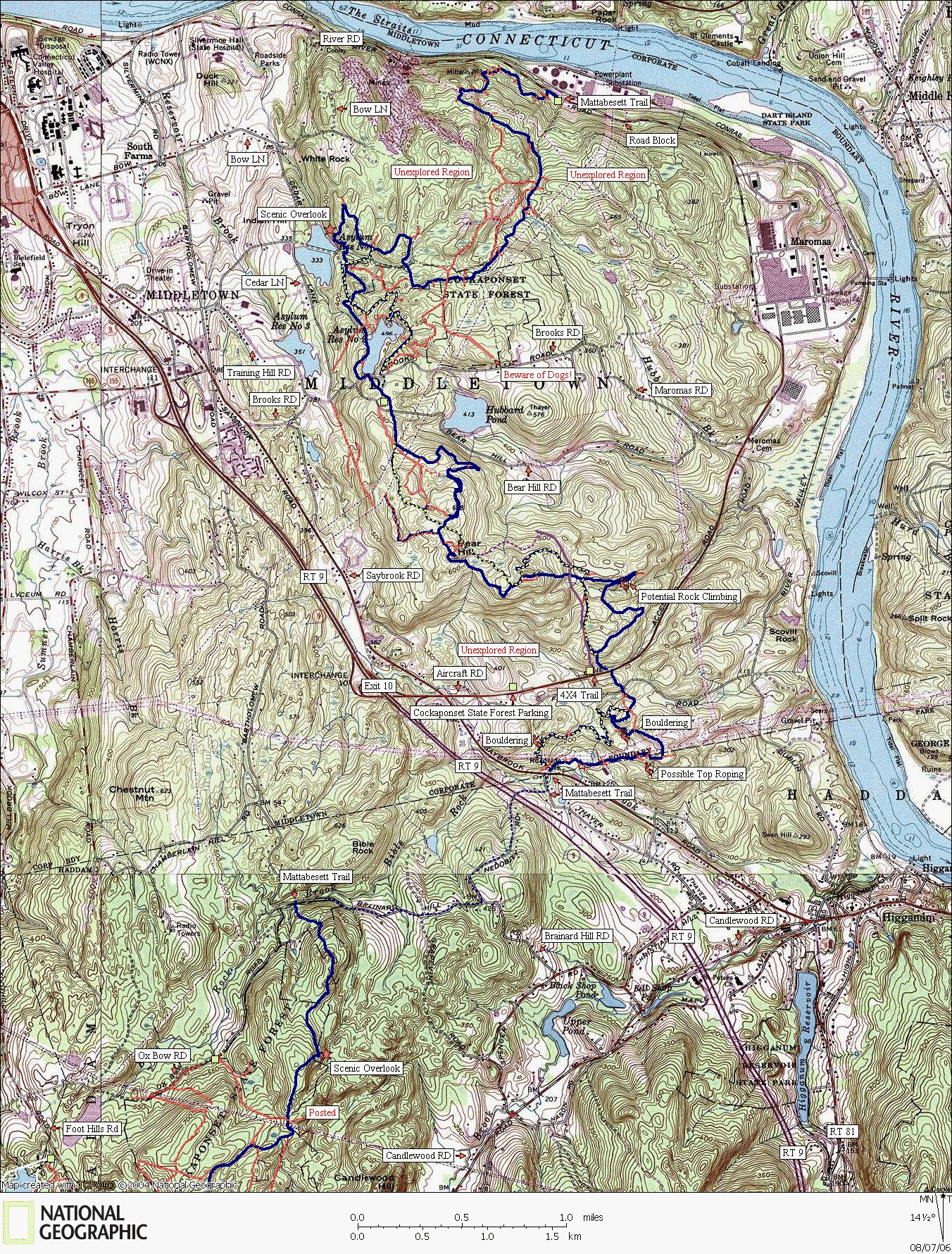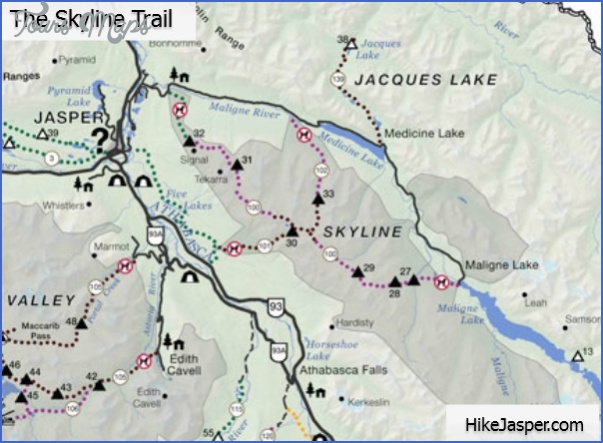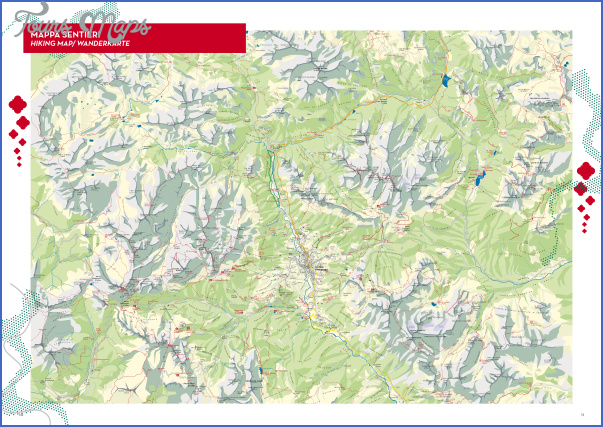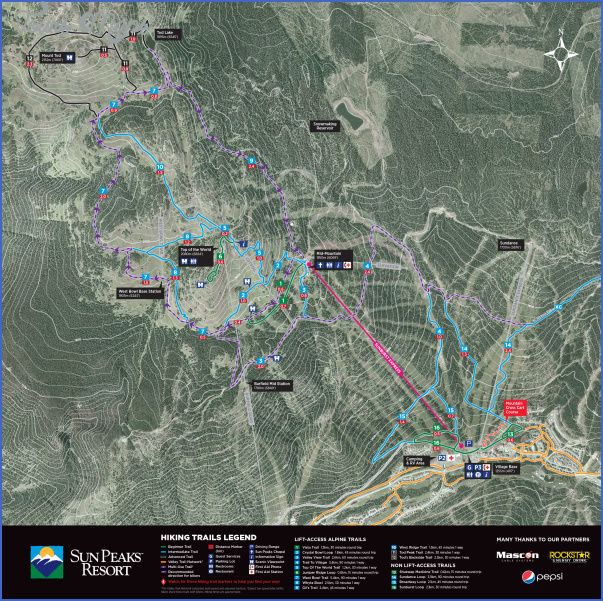BOATs are not the sections of footpaths that cross water. They are Byways Open to All Traffic, more simply referred to as ‘byways’. In other words, it’s every hiker for himself. Not only may you meet other walkers but also cyclists, horse riders and motorised vehicles that still have their big ends intact. Like RUPPs, BOATs tend not to be maintained to a high-enough standard for ordinary vehicles to use them for the weekly shopping trip. On the other hand, drivers of 4x4s love them. Never argue with a ‘Chelsea tractor’ on a BOAT, particularly one with bull bars. The drivers generally have no idea what they’re doing.
Hiking Map Photo Gallery
PERMISSIVE PATHS
There’s a fine line between permissiveness and flirtation, and a permissive path may cross this line on a regular basis. Such paths are not legal rights of way; they merely tease the hiker into thinking they are. One day you can walk along one, the next day it may be closed. One minute it’s your best pal, the next, it just doesn’t want to know you.
Bluffers are encouraged to embrace the permissive path. You never know what joys and personal pleasures it may bring. Permissive paths (and bridleways) are offered by liberal-minded landowners who want to share their land with others. However, behind every enlightened landowner is a narrowminded solicitor, determined not to let his client’s generosity be turned against him. It’s the legal beagle’s advice to close the permissive path for at least one day a year to prevent the 20-year rule from applying – which means you can’t use it on the only day of the year you really need to.
OPEN ACCESS
Many hikers have been crowing about the CRoW Act 2000 because of the freedom it gives to wander freely across areas of:
• mountain
• moorland
• heathland
• downland
• registered common land
• crumbling clifftop
Commonly referred to as the ‘right to roam’, it means that in England and Wales there are now a further 3.4 million acres in which to get lost (sorry, temporarily misplaced). Bluffers will be aware that it is not a right to roam at will across these newly designated areas. It actually offers managed and controlled access on foot.
Just like permissive paths, open-access land can be closed by the landowner for up to 28 days a year, or longer for certain safety or conservation reasons. Joyfully, though, this right of access is only for hikers. Horse riders and cyclists can only cross such land if a bridleway, restricted byway or BOAT crosses the area. If it does, they can’t deviate from it. Hikers, on the other hand, can walk across such land safe in the knowledge that they won’t get mown down by a 4×4. Unless, of course, the landowner drives one (and normally does).
Maybe You Like Them Too
- Top 10 Islands You Can Buy
- Top 10 Underrated Asian Cities 2023
- Top 10 Reasons Upsizing Will Be a Huge Travel Trend
- Top 10 Scuba Diving Destinations
- World’s 10 Best Places To Visit

